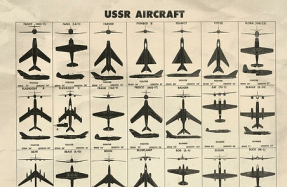WILDCAT FROM THE DEEP
Sep 01, 2020
3 minutes
BY CHRISTOPHER CHLON


In 1942 the U.S. Navy desperately needed pilots trained to take off and land on aircraft carriers. Performing those operations off the East Coast and in the Gulf of Mexico presented potential dangers from German U-boats, and on the West Coast there was the threat of attack from Japanese submarines. The Great Lakes, and in particular Lake Michigan, offered a safe place for training far inland.
The Navy repurposed two commercial passenger vessels and transformed them into inland practice carriers, USS and . Both were coal-driven with side-paddlewheel propulsion. Their flight
You’re reading a preview, subscribe to read more.
Start your free 30 days



